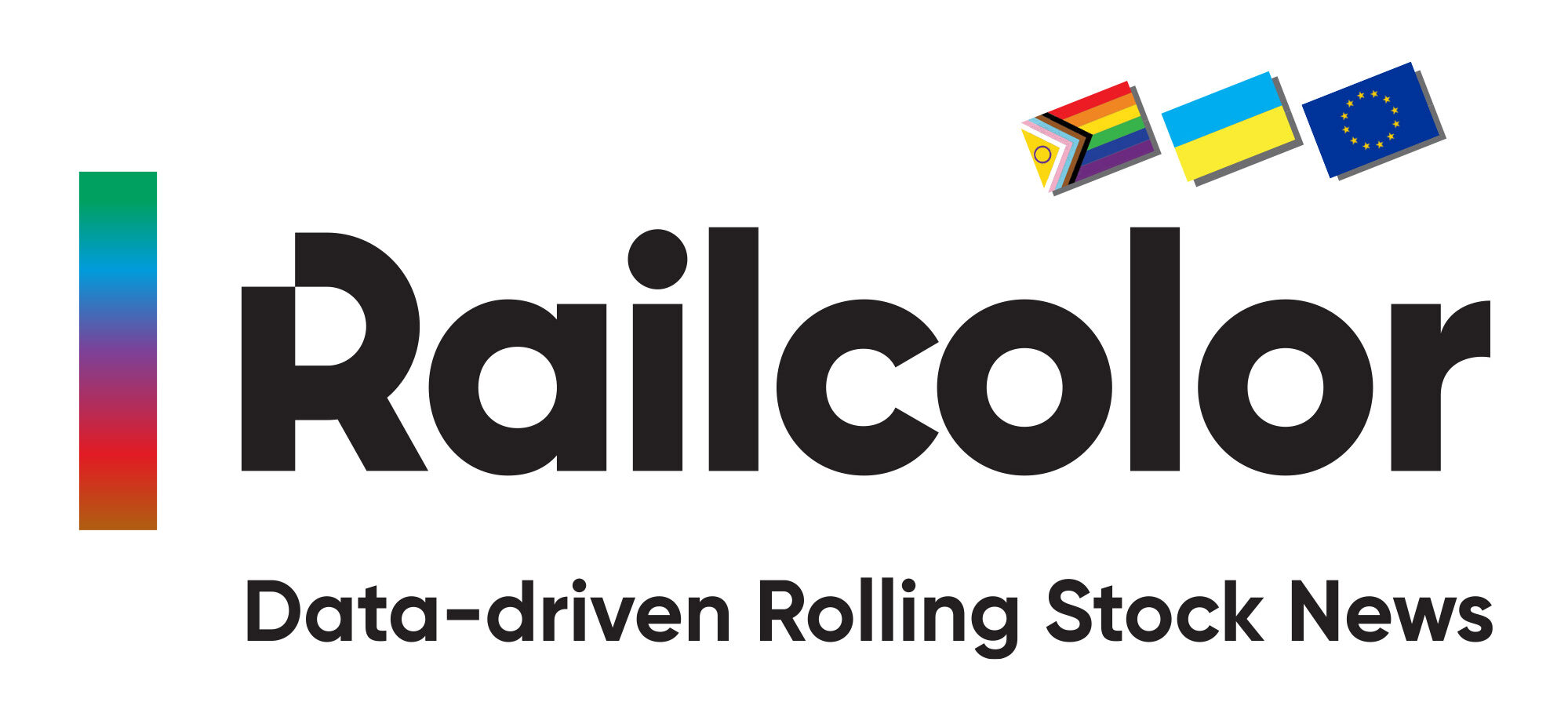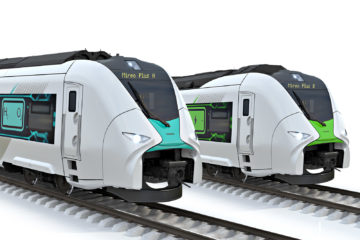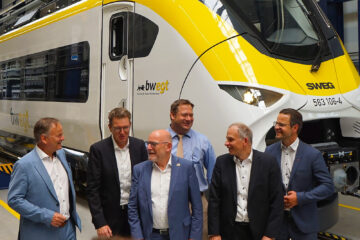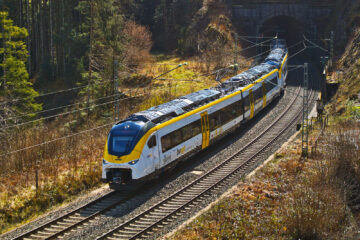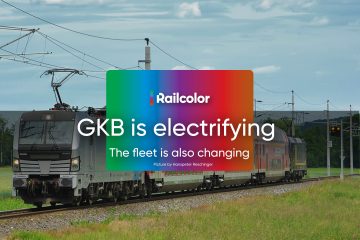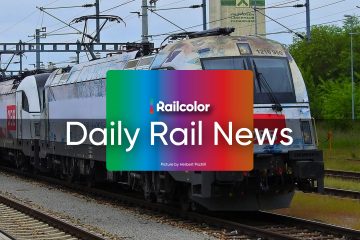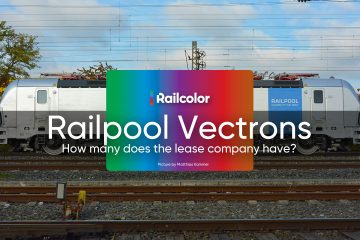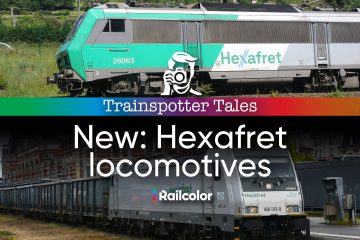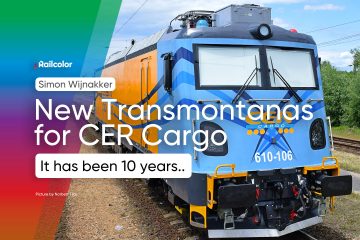Yes, Siemens Rail Systems offers a wide range of rail vehciles for the EU railway market, many of them highly standardized. They have neat names, some must sound familiar: Vectron, Avenio, Inspiro, Viaggio, Desiro and Velaro. However, with all these products together, Siemens does not cover one important railway market segment: Urban and regional transport. True, there is the Desiro Mainline (running in Belgium, Austria, Germany, Hungary) and the Desiro High Capacity (currently under development for the Rhine-Ruhr Area in Germany) that one can regard as modern solution to commuter rail transport, but a highly standard platform with a focus on energy efficiency, connectivity and that, above all, is faster to build, no it is not there. So, Siemens has developed the new Mireo. The concept will be presented during InnoTrans 2016. Stadler Rail, Bombardier, beware.
The Desiro City design, that Siemens developed and sold during the past 5 years to the UK market, was a first step towards a uniform design for a simple, light, flexible passenger train. In June the first units have entered revenue earning service, trains that finally will be used for the Thameslink services (class 700) in and around London. South West Trains also has a big batch on order (Class 707). But the Desiro City is developed to meet the UK market demands, including meeting with all the requirements resulting from the UK infrastructure, that is quite different from that on continental Europe.
Fun: the sounds of the Desiro City 🙂
But the experience with the Desiro City forms a solid base. The Desiro Mainline running on continental European networks also brings in important characteristics, although this type is predominantly used for regional traffic. With the Desiro High Capacity, not yet commissioned, it gets really crowded. How to transport as many people as possible in a safe and comfortable way, fast and still profitable to the operator? This question is valid for both the Desiro HC and the Mireo, that must have been developed side by side.

Both products are an answer to the trend that more and more people are living in urban centers and want to be mobile. Yet the average speed on the streets of many major cities is already less than 20 km/h and is continuing to drop. As a result, the popularity of public regional and urban transport systems is gaining over private transport.
Energy efficiency
The Mireo is conceived as a scalable articulated train. The basic car body is developed as a lightweight welded integral aluminum monocoque construction primarily based on large extruded profiles. Less weight is less energy consumption. Same for the Mireo bogies, where the trailing bogies have inside bearings. Aerodynamics is improved compared to previous models. Many components, such as the transformer and the electrodynamic (ED) brake system, have been made more energy-efficient. Combined with an intelligent board network management system, the total energy consumption of the Mireo can be reduced by 25 percent. The driver assistant system may contribute a further 30 percent saving in energy.

Bimode is possible
The Mireo can be optionally equipped with electrical traction batteries to bridge sections of the route that don’t have overhead power lines. Top speeds between 140 and 200 km/h are possible.
Various car body lengths and entry heights are available. Train configurations range between two cars and seven cars, having lengths between 50 and 140 meters. More seats are available than in previous models of the same length. Of course, onboard Internet access, passenger assistance and information systems, onboard entertainment, and security monitoring via CCTV are naturally all part of the Mireo concept.
InnoTrans 2016
During InnoTrans 2016, to be held in September, will be the launching event of the Mireo. We are curious how Siemens will put the new train in the spotlight. Mock-up? Models? Digitally? We’ll see.
